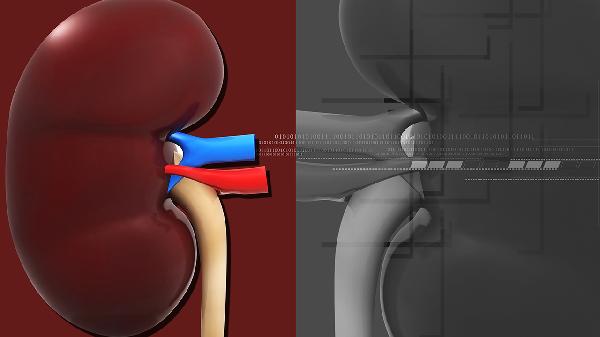For patients with ischemic priapism unresponsive to non-surgical treatments lasting over 24 hours, several surgical interventions are available. The most common procedures include the percutaneous penile-cavernosal shunt, the penile head incision with cavernosal shunt, and the combination of cavernosal shunt with tunneling. These methods aim to drain accumulated blood from the corpora cavernosa, induce detumescence, and prevent long-term complications such as fibrosis and erectile dysfunction. Postoperative care involves bed rest, catheterization, antibiotic therapy, and measures to promote erectile recovery.

Percutaneous Penile-Cavernosal Shunt
This straightforward procedure involves creating a T-shaped channel between the corpora cavernosa and the corpus spongiosum using a scalpel. The incision is made along the longitudinal axis of the penis, rotated 90 degrees, and withdrawn to allow blood drainage. This method is effective for patients with prolonged priapism unresponsive to conservative treatments.
Penile Head Incision with Cavernosal Shunt
A 2 cm transverse incision is made on the penile head to expose the tunica albuginea of the corpora cavernosa. The tunica is then incised to drain the accumulated blood, followed by irrigation with heparinized saline to induce detumescence. The incision is sutured after the procedure.
Cavernosal Shunt with Tunneling
For cases where priapism persists beyond 48 hours or when the initial shunt fails, tunneling is added to the procedure. After incising the tunica albuginea, an 8–10 Fr urethral dilator is used to create a tunnel along the corpora cavernosa to ensure effective drainage. Heparinized saline is used to clear residual blood, and a negative pressure drain may be left in place postoperatively.
Complications
Surgical interventions for priapism carry potential risks, including infection, urethral injury, pulmonary embolism, and complications from excessive penile compression. Postoperative fibrosis and erectile dysfunction are also significant concerns, often resulting from prolonged ischemia and tissue damage.
Infection
Factors such as penile trauma, prolonged priapism, and tissue necrosis increase the risk of postoperative infection. Prophylactic broad-spectrum antibiotics are essential during and after surgery.
Urethral Injury
During the cavernosal-spongiosal shunt, the urethra may be inadvertently damaged, leading to a cavernosal-urethral fistula. Preoperative catheterization and careful dissection can minimize this risk.
Pulmonary Embolism
Blood clots formed in the corpora cavernosa due to endothelial damage can migrate through the shunt into the venous system, potentially causing pulmonary embolism.
Excessive Compression
Overly tight penile bandaging can lead to arterial occlusion, ischemia, and tissue necrosis, while venous obstruction may trigger recurrent priapism.
Fibrosis and Erectile Dysfunction
These are the most common long-term complications, resulting from irreversible ischemic damage to the smooth muscle tissue of the corpora cavernosa.
Postoperative Management
Patients are advised to remain in bed for 2–3 days post-surgery to minimize movement and reduce complications. A urinary catheter is typically left in place for 3–5 days to prevent bladder irritation. Broad-spectrum antibiotics are administered for one week, and low-dose aspirin is prescribed for two weeks to reduce the risk of clot formation. Starting one month post-surgery, measures such as PDE5 inhibitors, vacuum erection devices, and low-intensity shockwave therapy are recommended to aid erectile recovery.
By following these surgical and postoperative protocols, clinicians can effectively manage ischemic priapism and mitigate its long-term consequences.
























